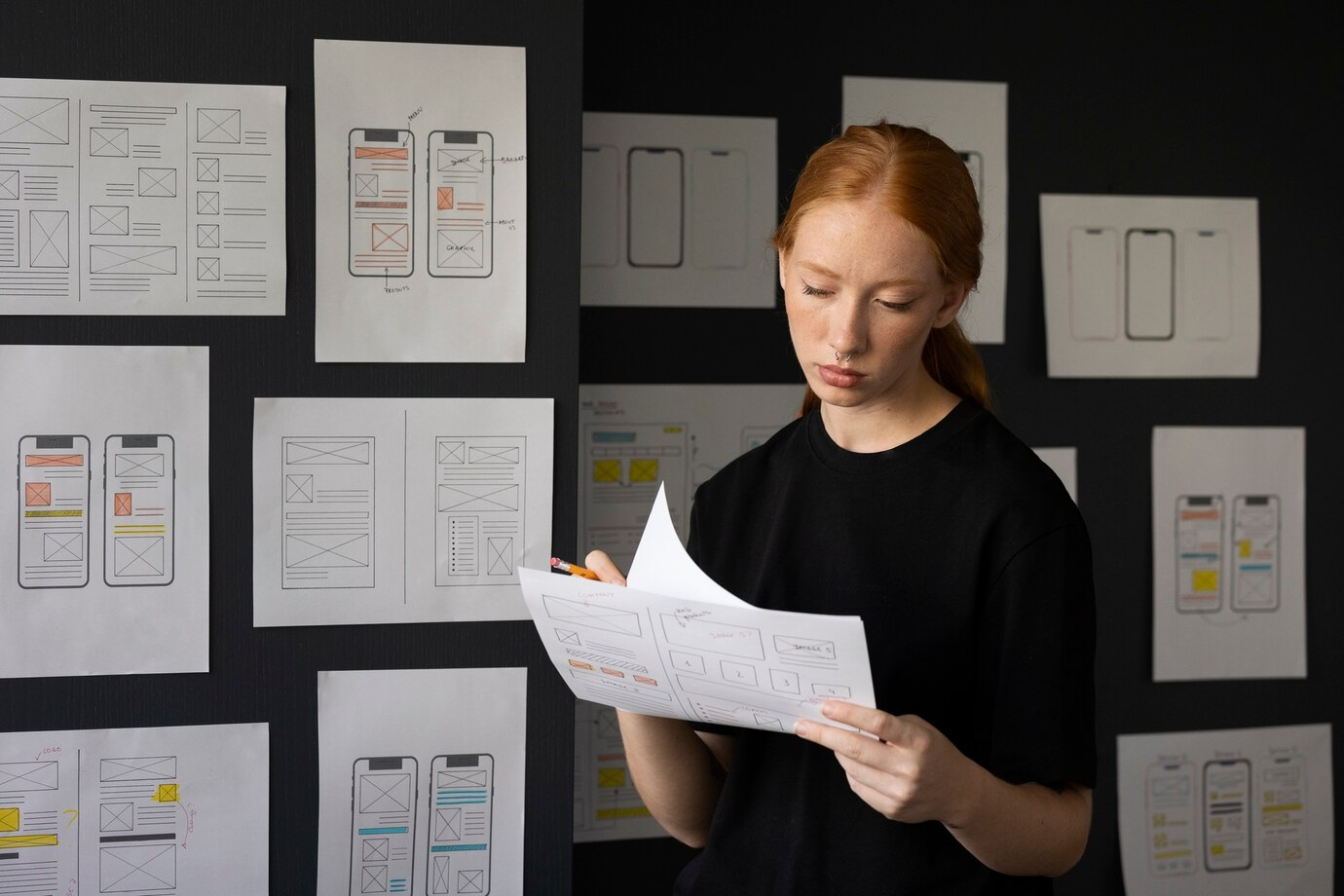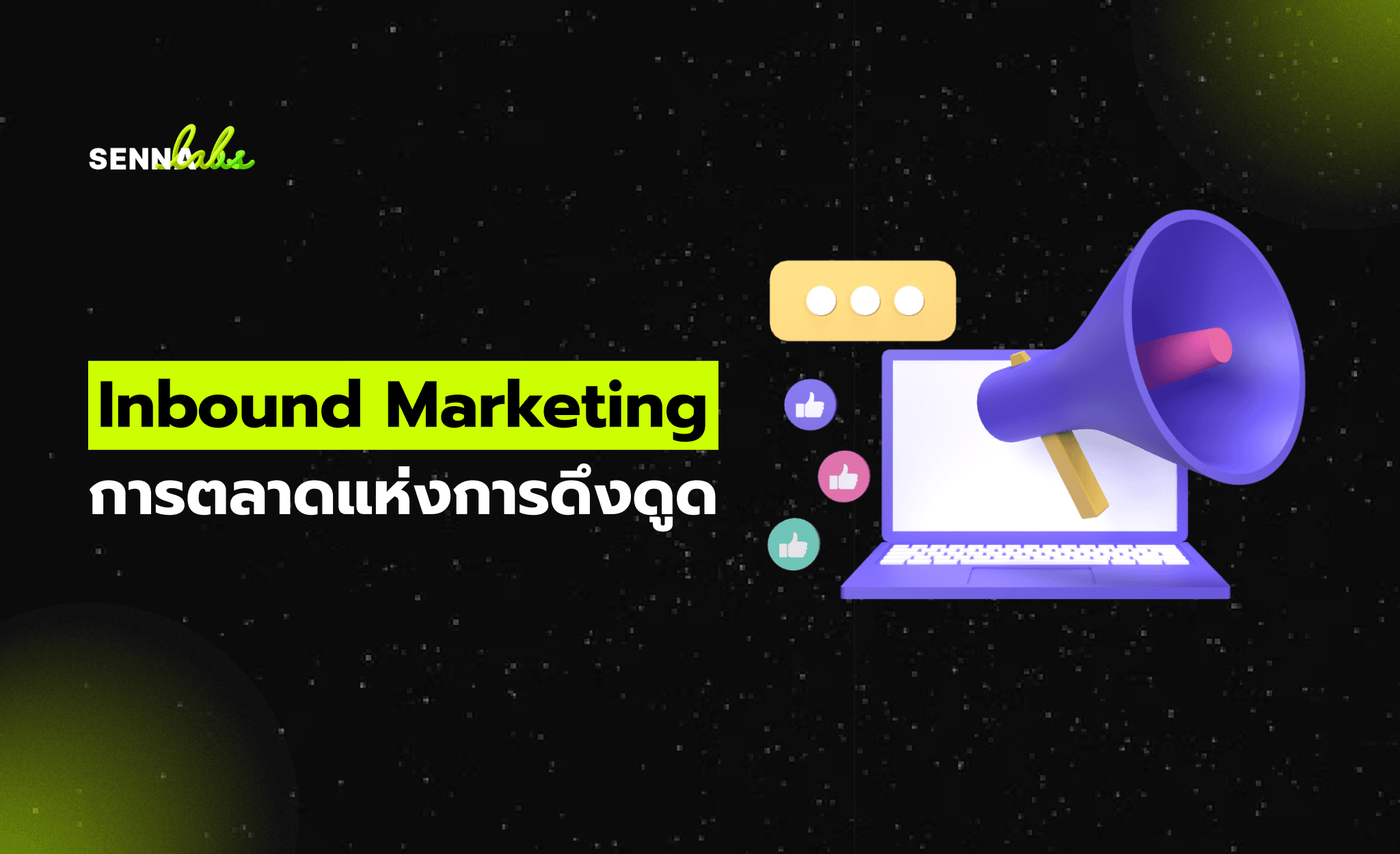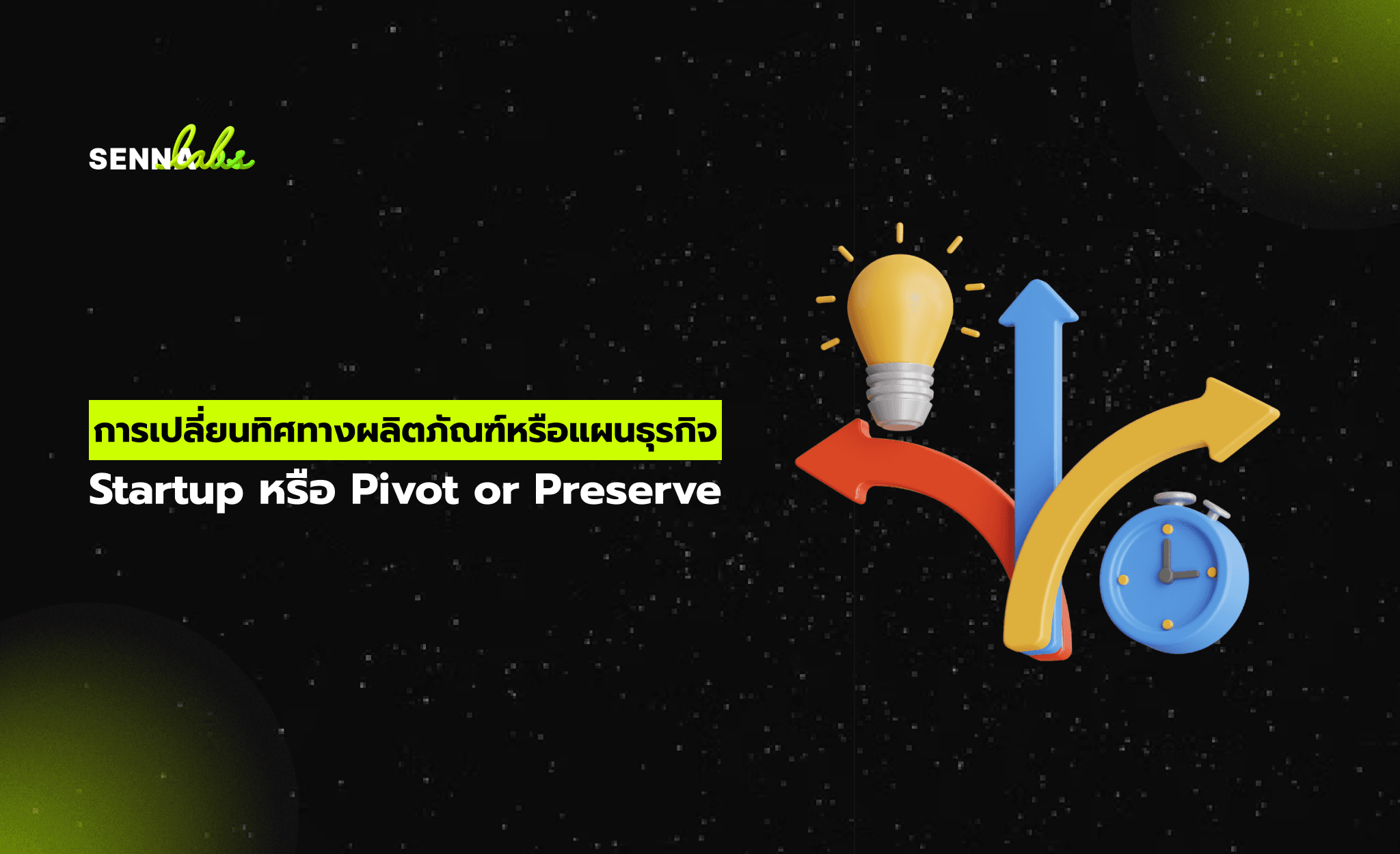Using Personas in User-Centered Design to Personalize User Experiences

In the realm of user-centered design (UCD), understanding the needs, motivations, and behaviors of your users is paramount to creating products that truly resonate. One of the most effective tools for gaining these insights is the use of personas—fictional characters that represent real user types based on research. Personas are invaluable for ensuring that the design process focuses on the real needs of users rather than assumptions or abstract ideas.
For example, an online education platform developed detailed personas after conducting extensive user interviews. These personas provided valuable insights into the learning preferences, goals, and challenges faced by different segments of users. With this information, the design team was able to create personalized course recommendations, significantly improving user engagement. This use case highlights the power of personas in driving personalization and enhancing the overall user experience (UX).

In this article, we will explore how personas can be leveraged in user-centered design to guide the development of personalized user experiences. We’ll walk through the process of creating personas and discuss best practices for using them to inform design decisions that are more aligned with user needs.
What Are Personas in User-Centered Design?
Personas are fictional representations of key user groups within your target audience. Each persona is crafted based on real data collected from user research, including interviews, surveys, and behavioral analytics. Rather than designing for a vague, general audience, personas allow you to design with specific user needs, challenges, and goals in mind.
A well-crafted persona includes details such as:
-
Demographics: Age, gender, location, occupation, and other relevant personal details.
-
Goals and Motivations: What the user is trying to achieve with your product and why it matters to them.
-
Pain Points: The challenges or frustrations the user faces, particularly in the context of your product or service.
-
Behaviors and Preferences: How the user typically interacts with technology, their learning style, and what they value most in a product.
-
Scenario: A brief story or description that outlines how the persona might interact with your product in a real-world context.
By developing personas, you gain a clearer understanding of who your users are and how they will likely engage with your product. This information is essential for designing personalized experiences that meet the unique needs of different user groups.
The Benefits of Using Personas in User-Centered Design
The use of personas in user-centered design offers several key benefits:
1. Aligns Design with Real User Needs
Personas help ensure that design decisions are based on actual user data rather than assumptions or personal opinions. When design teams have a clear understanding of who they are designing for, they can create features, content, and interfaces that address the specific needs and preferences of different user segments.
Example: In the case of the online education platform, the design team used personas to identify different types of learners—such as working professionals seeking career advancement, students looking to supplement their coursework, and hobbyists exploring new interests. Each persona had distinct goals, which helped the team tailor course recommendations, learning paths, and support features to each group’s needs.
2. Improves Personalization
Personalization is a key driver of engagement and satisfaction in digital products. By using personas, designers can create more personalized user experiences that speak directly to the goals and challenges of individual users.
Example: The education platform used personas to inform personalized course recommendations. For example, the persona of "James," a working professional with limited time, was served shorter, career-focused courses that fit into his busy schedule, while "Samantha," a full-time student, was shown more comprehensive, semester-long courses that aligned with her academic goals.
3. Promotes Empathy and User-Centered Thinking
Personas put a human face on abstract data, helping designers and stakeholders develop empathy for users. When teams understand the emotions, frustrations, and goals of their personas, they are better equipped to create designs that are not only functional but also emotionally resonant.
Example: The persona of "Maria," a single mother balancing work, family, and learning, helped the design team at the education platform empathize with users facing time constraints and stress. This led to the inclusion of features such as flexible deadlines and quick access to help resources, designed to reduce anxiety and make the learning experience more manageable.
4. Facilitates Collaboration Across Teams
Personas provide a shared understanding of the user that can help bridge communication gaps between cross-functional teams, including designers, developers, marketers, and product managers. By using personas as a common reference point, all team members can align their efforts toward meeting user needs.
Example: With the personas clearly defined, both the marketing and product development teams at the education platform could work in tandem. The marketing team used the personas to craft targeted messaging and campaigns, while the product team focused on developing features that addressed the unique needs of each user segment.
How to Create Effective Personas for User-Centered Design
Creating personas requires a deep understanding of your users, gathered through thorough research. Here’s a step-by-step guide to developing effective personas:
1. Conduct User Research
The first step in creating personas is to collect data directly from your users. This can be done through various methods, including:
-
User Interviews: Speak directly with users to gain insights into their behaviors, goals, and challenges. Ask open-ended questions about their experiences with similar products or services.
-
Surveys and Questionnaires: Distribute surveys to a broader audience to collect demographic information and gather insights on user preferences and pain points.
-
Analytics and User Data: Review data from website or app analytics to identify common behaviors, such as how users navigate the platform, which features they use most, and where they tend to drop off.
2. Identify Patterns and Group Users
Once you have collected your data, look for patterns and similarities among users. Group users into categories based on common traits, such as their goals, behaviors, or demographics. These groups will form the basis of your personas.
Example: The education platform identified three key user groups:
-
Working professionals looking for career advancement.
-
Full-time students supplementing their formal education.
-
Hobby learners seeking new skills in their free time.
3. Develop Detailed Persona Profiles
For each group, create a detailed persona profile. This should include the following key elements:
-
Name and Demographics: Give each persona a name, along with age, occupation, location, and other relevant details.
-
Goals and Motivations: Clearly define what the persona is trying to achieve and why it matters to them.
-
Challenges and Pain Points: List the key obstacles that prevent the persona from achieving their goals. These might include technical difficulties, lack of time, or confusion about how to use certain features.
-
Behaviors and Preferences: Describe how the persona typically interacts with technology, what they value most in a product, and any specific preferences they have for learning or navigating content.
Example: One of the personas developed by the education platform was "Sarah," a 35-year-old working professional. Sarah’s goal was to advance her career by acquiring new skills but faced the challenge of finding time to study after work. She preferred short, self-paced courses and appreciated the ability to track her progress.
4. Use Scenarios to Bring Personas to Life
Create scenarios that illustrate how each persona would interact with your product in a real-world context. These scenarios help humanize the personas and provide practical insights into their needs.
Example: In Sarah’s scenario, she logs into the education platform after work to find short, bite-sized lessons that she can complete before bed. She checks her progress on the dashboard and appreciates the personalized course recommendations that help her stay focused on her career goals.
Using Personas to Inform the Design Process
Once you have developed your personas, they should serve as a guiding tool throughout the design process. Here’s how to use personas to create more personalized user experiences:
1. Design for Different User Journeys
Each persona represents a different user journey, with distinct goals and pain points. Use your personas to map out these journeys and design features that cater to their specific needs.
Example: For Sarah, the working professional, the education platform prioritized offering flexible learning options and progress tracking to keep her motivated. Meanwhile, for "Tom," a full-time student, the design focused on delivering in-depth course materials and peer-to-peer collaboration tools to support his academic studies.
2. Personalize Content and Recommendations
Personas can help inform personalized content recommendations, improving user engagement and satisfaction. By understanding what each persona is looking for, you can tailor your content and features to meet their unique goals.
Example: The education platform used its personas to develop a personalized recommendation engine that suggested courses based on each user’s persona. Sarah was shown career-focused content that aligned with her goals, while hobby learners like "Tom" received recommendations for courses based on personal interests.
3. Test and Iterate Based on Persona Feedback
Personas are not static—they should evolve as user needs change and as you gather more data. Regularly test your product with users that represent each persona and use the feedback to refine your design.
Example: After launching the personalized recommendation feature, the education platform gathered feedback from users across different personas. Based on this feedback, the team made iterative improvements, adjusting the recommendation engine to better reflect each persona’s preferences.
Conclusion
Personas are a powerful tool in user-centered design, enabling teams to design products that meet the unique needs of their users. By basing design decisions on real data, personas help ensure that the product is tailored to the goals, behaviors, and preferences of different user segments. When used effectively, personas can improve personalization, enhance user satisfaction, and drive long-term engagement.
By taking the time to develop detailed personas and using them throughout the design process, businesses can create more personalized, relevant experiences that resonate with users on a deeper level. In a world where personalization is key to engagement, personas offer a valuable way to align your product with the needs of your audience.


Subscribe to follow product news, latest in technology, solutions, and updates
Other articles for you



Let’s build digital products that are simply awesome !
We will get back to you within 24 hours!Go to contact us Please tell us your ideas.
Please tell us your ideas.







